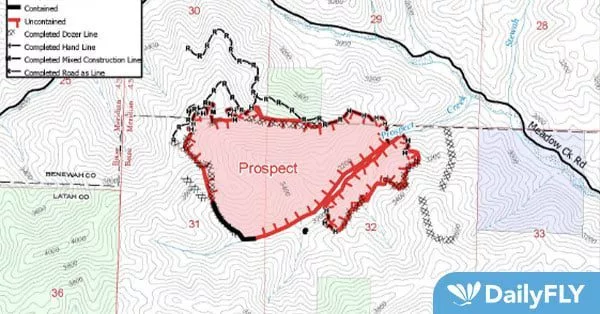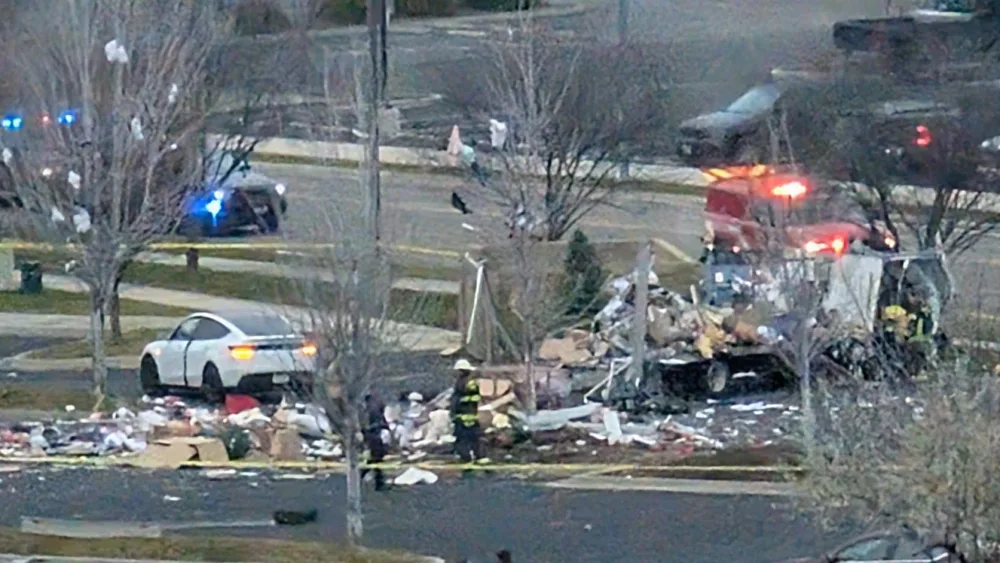HARVARD, Idaho — The Prospect Fire remains at 286 acres with five percent containment. Firefighters have worked incredibly hard to keep the fire within the constructed lines in adherence to the incident’s objective goals of protecting high-value industrial timber on both public and private lands.
Yesterday crews continued the arduous process of mopping up into the fire’s interior, locating and extinguishing hot spots. This work will continue until a mop up standard of 100 feet into the interior is achieved. Containment is declared when fire managers are 100% confident that burning internal fuels cannot ignite any fuel source outside the fireline. Given this season’s hot and dry conditions, with limited precipitation, and erratic winds, fire managers are cautious to announce containment percentages.
While fire behavior has been minimal with creeping and smoldering over the past several days, a wind shift has been forecasted to come out of the east (opposite of all wind directions over the fire so far) with an associated wind gust of 30 mph which may increase fire behavior and test control lines on the west side of the fire for the first time.
Preemptively, fire managers have brought in fire crews and resources to support any additional efforts that may be required. 90% of the firefighting resources on the Prospect Fire are the State of Idaho contracted resources. Having contractors at the ready allows the Idaho Department of Lands to quicken the pace of mop-up and aggressively fight fire with the equipment and personnel needed to do so.
Currently, there are no road or area closures; caution when driving near the fire area is strongly advised. Roads are narrow and winding with blind curves and steep drop-offs. Logging and fire equipment is very large, very heavy, and have less maneuverability than standard vehicles. Please use alternative routes to avoid the area if possible.
Temporary Flight Restrictions (TFR): There is a TFR in place for air space over the Prospect Fire (FDC-2/1591) for the safety of all firefighting resources both ground and air. The TFR also applies to unmanned aircraft systems (UAS) or drones. All aviation resources will be grounded if the TFR is violated. If you fly, we can’t!




